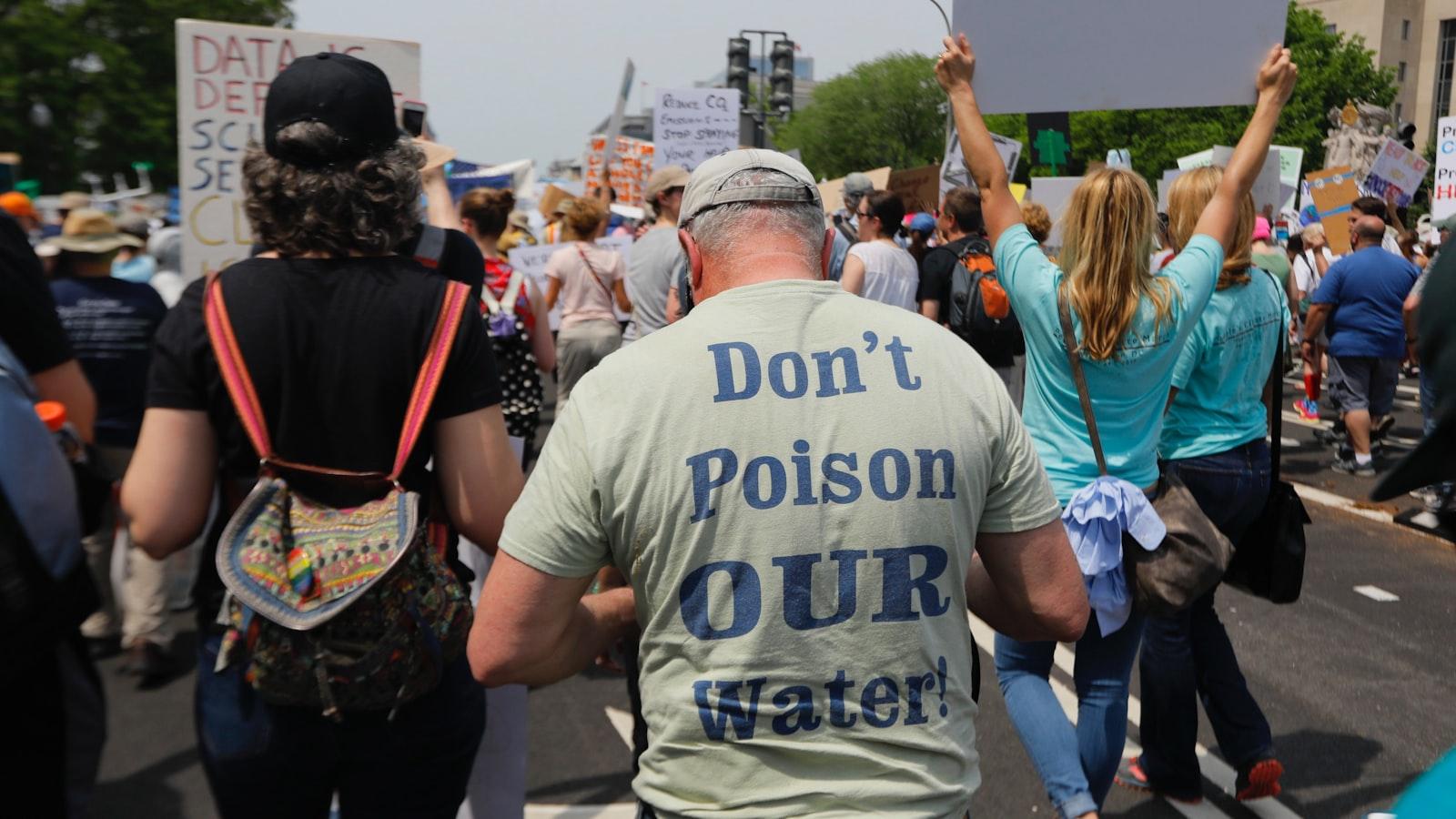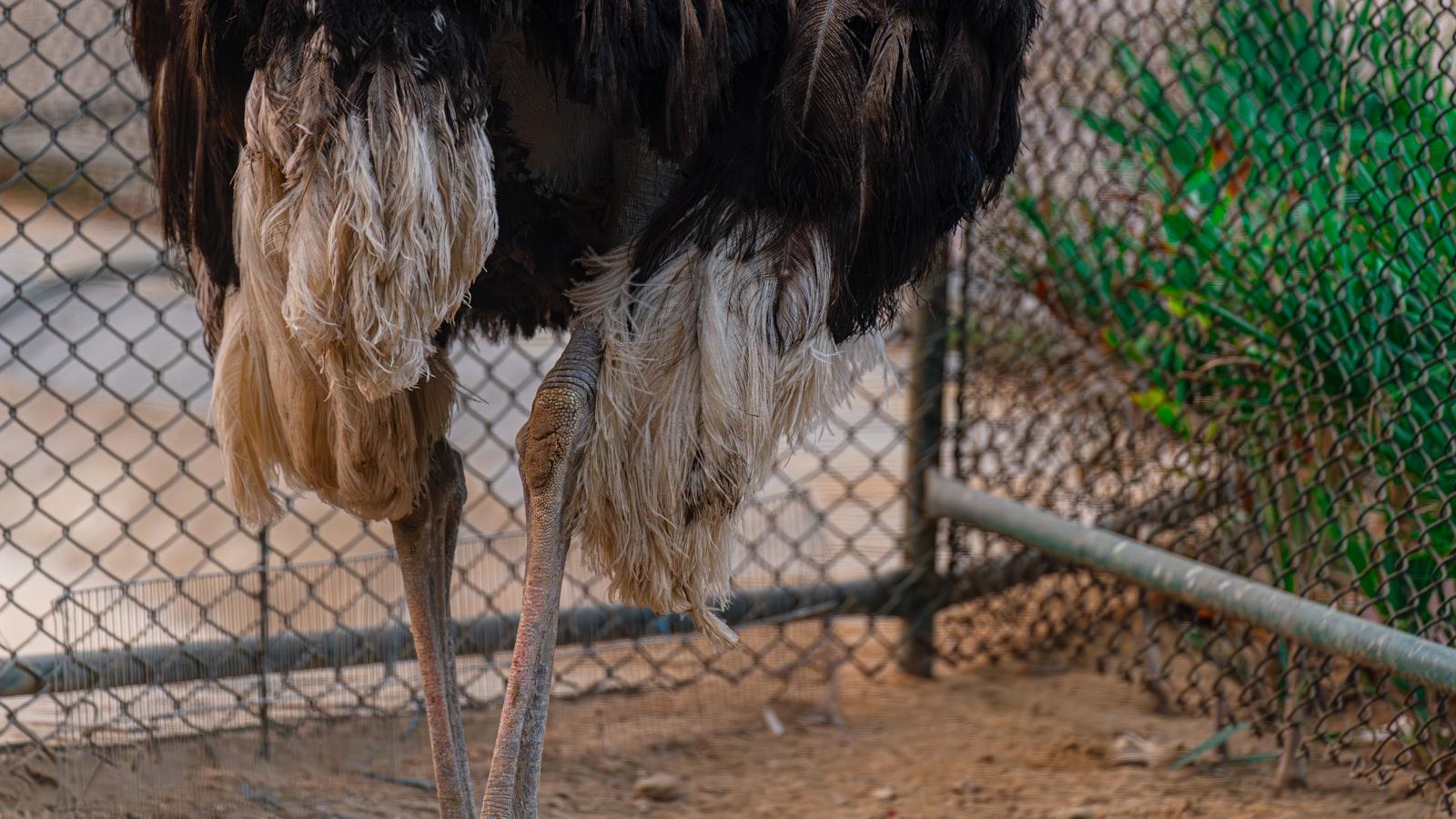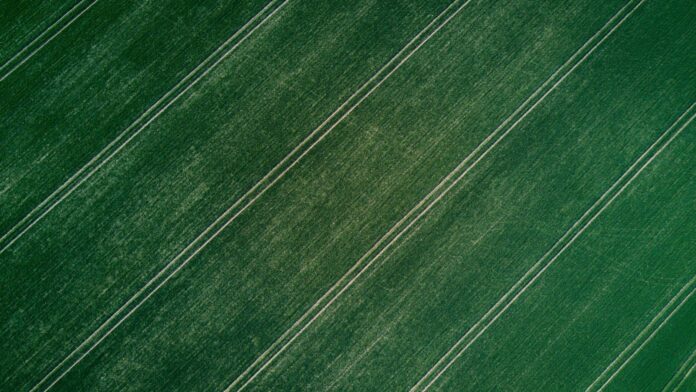Once upon a time, when the sun would rise over vast fields, farmers would lovingly sow their seeds, a symphony of life would begin. Nature would flourish, and the land would bear a bountiful harvest, ripe with vibrant colors and tantalizing aromas. Families would gather around their tables, grateful for the nourishment that Mother Earth had provided. But little did they know, lurking beneath the idyllic surface, a hidden menace quietly infiltrated their food supply: environmental toxins.
Welcome to the enchanting journey exploring the complex relationship between our farms and our tables. In this article, we delve into the world of environmental toxins that have surreptitiously tainted our nourishment, raising essential questions about the very sustenance that fuels our lives. With a neutral lens, we embark on an exploration of the impact of these toxic substances on our health and the environment.
From the gleaming apples in the orchards to the glistening grains in the fields, our food is grown in a mesmerizing ecosystem that holds both beauty and danger. Pesticides, heavy metals, and pollutants have made their way into the very fibers of crops and the bodies of livestock, playing a silent but perilous role in our daily meals. As we sit down at our tables, ready to satisfy our hunger, we unknowingly consume these toxins, jeopardizing our well-being.
Equipped with curiosity and a desire for truth, let us dive into the depths of this murky world. Together, we will unravel the intricate web connecting farms to our tables, shedding light on the pervasive presence of environmental toxins and uncovering the measures taken to mitigate their impact. By embracing a neutral perspective, we strive to unveil the reality of our food supply, illuminating a path towards a healthier, more sustainable future.
So, dear reader, fasten your seatbelts and prepare for an extraordinary tale of our food’s journey from farm to table. Embark on this creative exploration as we unravel the secrets hidden within our sustenance, and emerge with a newfound understanding of the environmental toxins that silently infiltrate our plates.
Mapping the Path: Tracing Environmental Toxins from Farm to Table
When we sit down to enjoy a meal, it’s easy to overlook the journey our food takes to reach our plates. However, concerns about environmental toxins in our food supply have brought this issue to the forefront. From the moment a seed is sown in the earth to the final presentation on our tables, there are multiple points along the way where environmental toxins can infiltrate our food chain.
1. Pesticides on the Farm: One of the primary sources of environmental toxins in our food supply stems from the extensive use of pesticides in farming practices. These chemical compounds are designed to kill unwanted pests, but they can also linger on our produce, posing potential health risks when consumed. Pesticides can contaminate soil, water sources, and even the air we breathe, which in turn affects the crops grown on the farm.
2. Pollutants in the Water: As our food crops grow, they depend on water for nourishment. However, the water sources they rely on may contain pollutants that find their way into our food. Industrial waste, chemical runoff, and even pharmaceuticals can contaminate water sources, leading to widespread pollution. This pollution can seep into the soil and be absorbed by plants, making its way into the food chain.
| Environmental Toxin | Source | Potential Health Risks |
|---|---|---|
| Mercury | Industrial pollution and coal-fired power plants | Brain and nervous system damage, reproductive issues |
| Lead | Old plumbing systems, lead-based paints | Cognitive impairment, developmental delays, organ damage |
| DDT | Historical use in agriculture, now banned | Cancer, reproductive issues, immune system problems |
To ensure the safety of our food supply, it is essential to be aware of the potential sources of environmental toxins and take steps to minimize their impact. Organic farming practices that avoid synthetic pesticides and prioritize sustainable water management can help reduce the presence of these toxins on our plates. Additionally, advocating for stricter regulations on industrial waste disposal and supporting clean water initiatives are crucial steps in safeguarding our food from potential contaminants.

Unveiling the Risks: How Environmental Toxins Impact Our Food Supply
Our food supply is meant to sustain us, nourishing our bodies and providing the essential nutrients we need to thrive. However, lurking in the journey from farm to table, are environmental toxins that pose a significant risk to our health. These toxins can come from various sources such as pesticides, industrial pollutants, and even packaging materials, infiltrating our food and making their way into our bodies.
One major concern is pesticide residues found on fruits and vegetables. These chemicals are used to protect crops from pests and diseases, but they can also end up in our food. The long-term exposure to these residues has been linked to a wide range of health issues including hormone disruption, developmental disorders, and even certain types of cancer. To minimize the risk, it is crucial to wash fruits and vegetables thoroughly before consuming them and opt for organic produce whenever possible to avoid exposure to harmful pesticides.
- Industrial pollutants: Harmful chemicals released by industries can contaminate our air, water, and soil, eventually finding their way into the food chain. Chemicals like heavy metals, dioxins, and PCBs can accumulate in fatty fish, such as salmon and tuna, posing a risk to human health, particularly when consumed in large amounts. Limiting the consumption of these types of fish and opting for smaller, less contaminated species can help reduce exposure to such pollutants.
- Packaging materials: The materials used to package our food can also introduce toxins into our diet. Some types of plastic containers, for example, contain chemicals like bisphenol A (BPA), which can leach into the food they come into contact with. BPA has been associated with hormonal imbalances, reproductive issues, and increased risk of certain chronic diseases. Choosing glass or stainless steel containers for storing and heating food can help minimize exposure to such toxins.
Shielding Ourselves: Strategies to Minimize Exposure to Environmental Toxins
In today’s modern world, the presence of environmental toxins in our food supply is an alarming reality. From the moment produce is grown on a farm to the moment it reaches our tables, it goes through various stages where contamination can occur. It is crucial for us to take proactive steps and shield ourselves from these toxins to maintain our well-being. Here are some effective strategies to minimize exposure to environmental toxins in our food:
1. Choose Organic: Opt for organic fruits, vegetables, and grains whenever possible. Organic farming practices do not involve the use of harsh chemical pesticides, herbicides, or fertilizers, thereby reducing the risk of toxin contamination. Incorporating organic produce into our diet ensures that we are consuming food that is grown in a healthier and more sustainable manner.
2. Prioritize Locally Sourced Foods: Support local farmers by buying locally sourced food. By doing so, we reduce the distance food travels to reach our plates, minimizing its exposure to potential toxins during transportation. Local food often comes straight from nearby farms, allowing us to have a closer connection to the source and a better understanding of their growing practices.

Embracing a Sustainable Future: Promoting Responsible Farming Practices for a Safer Food Supply
As consumers, we often take for granted the journey our food takes from the farm to our tables. However, in recent years, increasing concern has arisen over the presence of environmental toxins in our food supply. These toxins can have detrimental effects on our health and the health of our planet. It is crucial that we embrace a sustainable future and promote responsible farming practices to ensure a safer food supply.
One of the main culprits contributing to environmental toxins in our food supply is the excessive use of pesticides and chemical fertilizers. These chemicals, while intended to protect crops from pests and increase yields, can linger in the soil and water sources, contaminating our food and surrounding ecosystems. By encouraging and supporting farmers to adopt organic farming methods, which avoid the use of synthetic chemicals, we can significantly reduce the presence of toxins in our food. Organic farming promotes healthier soil, biodiversity, and water conservation, creating a more sustainable and environmentally-friendly food system. Moreover, it provides consumers with peace of mind, knowing that their food is free from harmful chemicals.
Wrapping Up
As we conclude our exploration of the intricate journey our food takes, from farm to table, we cannot help but marvel at the intricate dance between nature and humans. It is a delicate tango, a symphony of sustenance and survival. However, amongst the rows of organic wonders and the bustling markets brimming with colorful produce, there exists an invisible threat - environmental toxins.
In this exposé, we have unearthed the hidden dangers lurking within our food supply, brought about by the complex web of pollution. From the contaminated air that blankets our fields to the pesticides that infiltrate our crops, it becomes evident that the bounty we so often take for granted comes at a price.
But let us not despair, for knowledge is power. Armed with the understanding of this intricate dance, we can navigate toward a future where our food supply flourishes free from environmental toxins. Together, we can raise awareness, demanding a shift towards sustainable farming practices, emphasizing the use of natural alternatives, and advocating for stricter regulations.
The responsibility falls on every individual, every farmer, every consumer, to ensure our food is not tainted by the perils of pollution. Let us seek out local, organic options, supporting those who invest their time and energy into cultivating pure, wholesome nourishment. By doing so, we not only protect our health but also contribute to the preservation of our precious planet.
As we bid farewell to this investigative journey, it is our hope that you will carry the seeds of change within you. May you sow the seeds of awareness, nurturing a future where our food is a testament to the harmony between human and nature. From farm to table, let us cultivate a world where environmental toxins have no place, transforming our simple meal into a powerful act of compassion and sustainability.
Remember, the destiny of our food is in our hands. Let us take a stand, for the health of our bodies and the health of our planet. Together, let us embark on this new chapter, transforming our farms and tables into sanctuaries of purity, where every bite becomes a testament to our collective commitment to a greener, healthier future.



